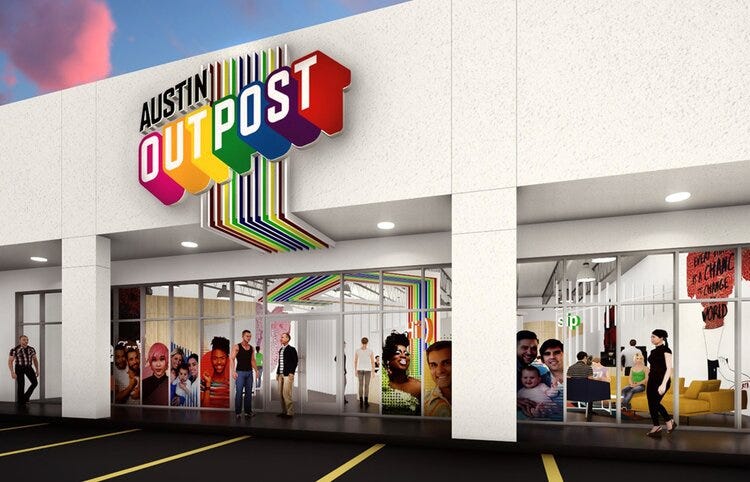We created a hub to connect business allies with organizers in Austin’s LGBTQIA+ community who all felt isolated and disadvantaged due to a lack of resources addressing their specific needs.
Content
Problem Process Discoveries Solution Outcomes
Overview
Austin is the 3rd largest LGBTQIA+ city, but much of the community feels isolated and ignored because only mainstream LGBTQIA+ causes were supported. We had two primary users with different needs: community organizers and business representatives. We tested 4 concepts and iterated on a design that combined the best of each. This final concept allowed both target audiences to post their needs so they could find each other. The client was so impressed with our work, he resolved to come back to Flatiron. One of our test participants even cried because she loved what she saw so much!
During the course of this project, I learned the importance of presenting design decisions over results, when to leave off features that are out of scope, and what it really means to be a team player beyond just collaboration.
- Team: We were a team of three UX Designers working remotely. Our instructor only provided feedback and did not make design decisions. I was the team lead through most of the project. This case study details my own contributions.
- Tools:
Figma for remote collaboration while designing, as well as the final prototype
Invision for clickable prototypes
Miro for remote workshops with the client
Google Docs, Sheets, and Slides for deliverables and remote collaboration
Zoom for remote meetings and interviews
Otter.io for interview transcriptions
Storyboard That for storyboarding
Slack for team communications
- Timeline: 3 two-week ‘sprints’ each focused on a different phase of the design process. We met with the client once per sprint, with an additional kickoff meeting during the first week.
- Note: Due to the COVID-19 pandemic, some timelines were rearranged and our team was impacted throughout the project.
- Project: This was a real-world project for a client as the final team phase of the Flatiron School UX Design course. Our client, Clayton, created QWELLAustin.org (as well as AustinOutpost.org and CityPride.org) to strengthen Austin’s LGBTQIA+ community. He wanted us to create a hub that connected affirming businesses with organizers to support initiatives for the community, heavily inspired by Unilever’s Take Action site.
Our scope was to deliver mid-fidelity designs for desktop and mobile that he would later get UI designers and eventually developers to produce.

Clayton had a competition to design the local LGBTQIA+ community center, this gave us a lot of context on what he wanted to see!
The Problem - A community that feels unacknowledged and under-resourced
Despite Austin being the 3rd largest LGBTQIA+ city in America, many people felt isolated from the community. Clayton carried out a survey that showed how most LGBTQIA+ people felt like their needs were unmet or ignored professionally as well as personally. Through domain research and user interviews, we discovered:
- 30% of LGBTQIA+ individuals working at a nonprofit report that they experience depression as a result of an “unwelcoming work environment.” (Nonprofit Times, 2018)
- Community organizers found it very difficult to get enough support for specialized, meaningful causes beyond parties for white gay men.
- Business representatives did not know how to influence funding decisions, or even get supervisors to care about supporting causes that did not have an obvious impact or relevance to the company.
- These are the top findings from our round one user interviews that lead us to this problem
The Process - Making strategic design decisions to empower the community

